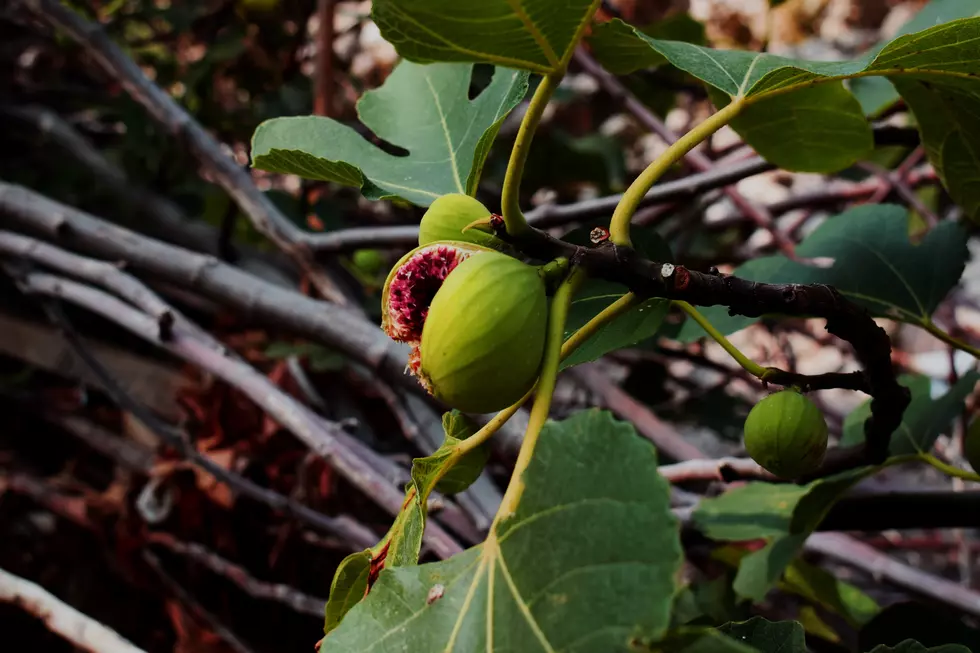
It’s a Fig Deal
More Health Tips from Robin
The first week of November is a fig deal with the start of National Fig Week. Bet you did not know that was a thing, but it is, and for good reason. Figs make a delicious dessert, snack, or side dish. We can also use fig leaves to brew tea, make soup, and wrap around fish, rice, or vegetables, like a grape leaf. They contain several key nutrients that help with high blood pressure, digestion, and bone density.
Figs have been associated with health and prosperity since ancient times. They provide an excellent source of prebiotics and support a healthy gut by nourishing the intestines. Figs are also high in soluble fiber and act as a natural laxative to relieve constipation. The high fiber content helps our bodies flush out excess sodium, which improves high blood pressure caused by potassium imbalances.
Most commercially grown figs no longer rely on the old fashion pollinating method because of a new process that uses plant hormones to trick the fruit into ripening. Who knew? Figs satisfy sweet cravings while also providing many important health benefits. Not a fan of the taste? Try using lotions and extracts made with figs for an antioxidant effect and to alleviate dry skin.
Depending on growing conditions, fresh figs are in season from late August to December, but dried figs are found all year round. Be sure to take advantage of fig season to reap the most benefits because, yes, it's a fig deal.
More From Lite 96.9 WFPG









